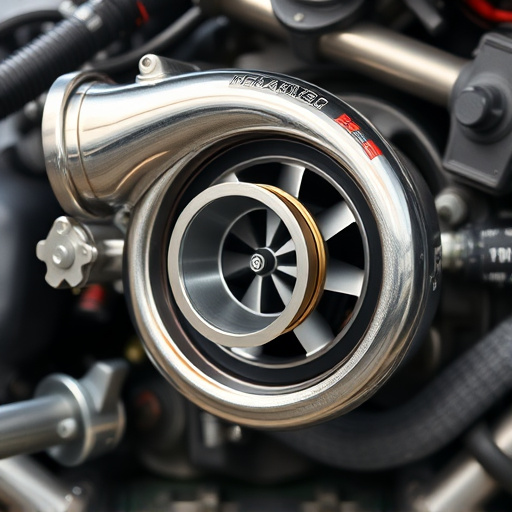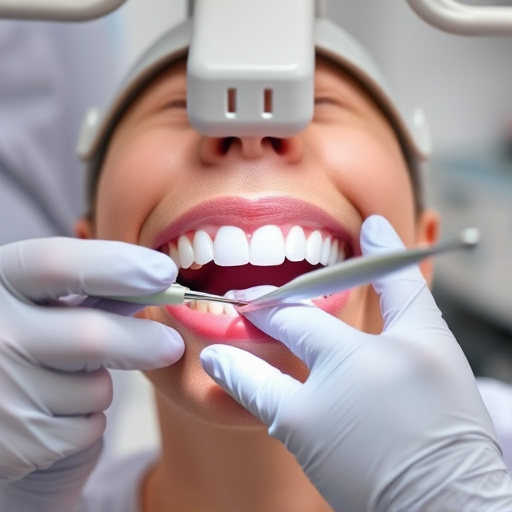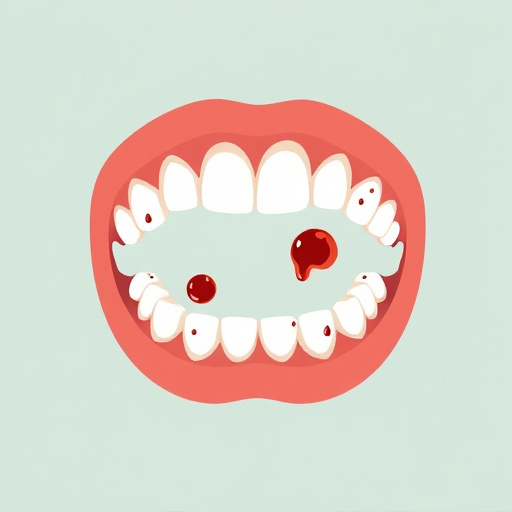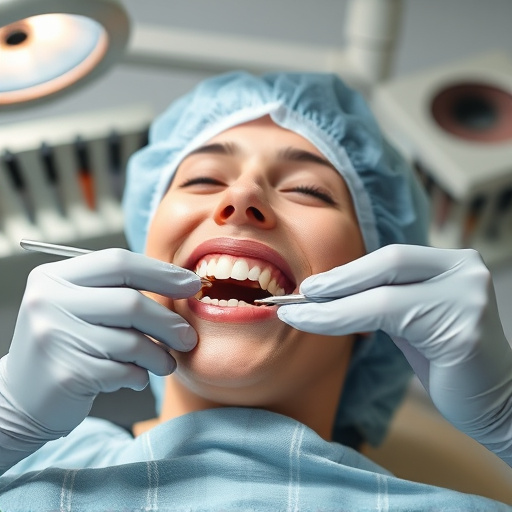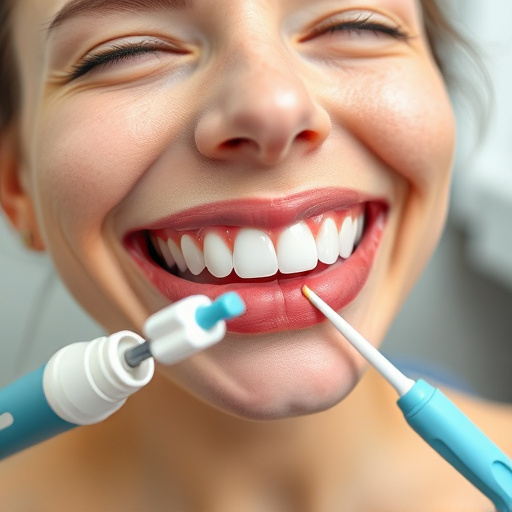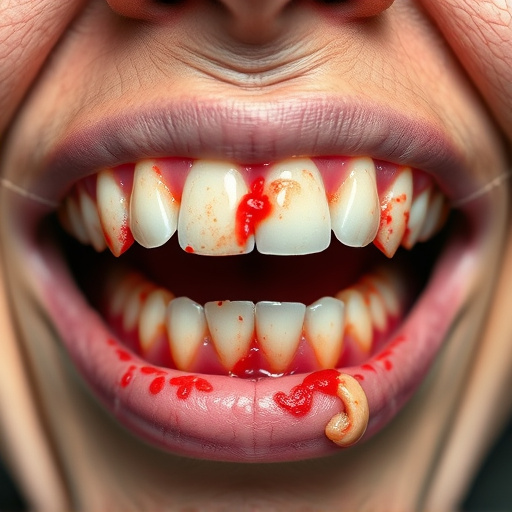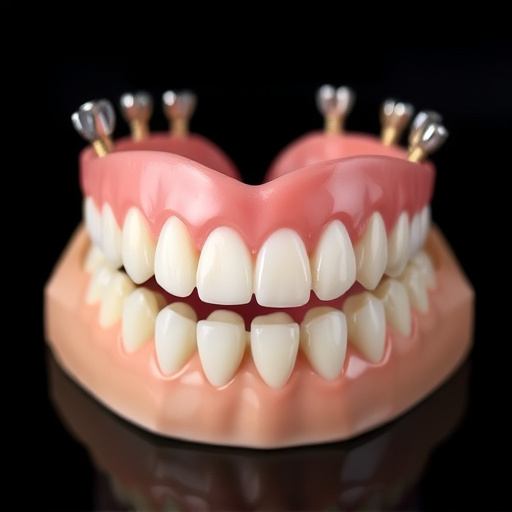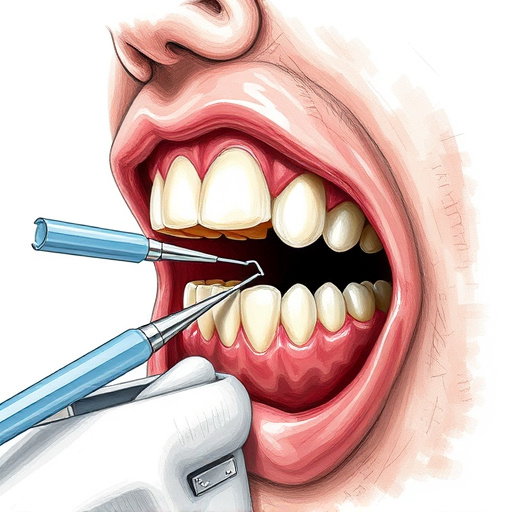The integration of 3D imaging and printing into modern dental technology has transformed diagnostic capabilities and treatment options. Techniques like cone-beam computed tomography (CBCT) enable precise planning for complex procedures, early detection of conditions, and improved patient outcomes. 3D printing allows for personalized restorations, rapid prototyping for emergency care, and streamlined oral exams, enhancing both cosmetic and functional results in modern dental technology.
“Unleashing the Potential: Top Advances in Modern Dental Technology
The realm of dentistry has undergone a remarkable metamorphosis, driven by cutting-edge innovations. This article delves into the top advances shaping modern dental technology. From revolutionary 3D imaging and printing, which enable precise personalized restorations, to digital tools enhancing patient communication and efficiency, we explore these game-changers. Additionally, we highlight laser dentistry and advanced biomaterials, pushing the boundaries of restorative work for better patient outcomes and aesthetic results.”
- 3D Imaging and Printing: Revolutionizing Dental Care
- – Explanation of advanced 3D imaging techniques used in dentistry
- – Benefits of 3D printing for personalized dental restorations and surgeries
3D Imaging and Printing: Revolutionizing Dental Care

The advent of 3D imaging and printing has brought about a significant revolution in modern dental technology, transforming both diagnostic capabilities and treatment options. This cutting-edge approach allows dentists to visualize dental structures with unprecedented detail, offering a more comprehensive understanding of oral health. By creating precise 3D models, dentists can now plan complex procedures with greater accuracy, enhancing patient outcomes.
Moreover, 3D printing enables the production of customized dental restorations, including crowns, bridges, and even surgical guides. This level of customization ensures better fit and functionality, making restorative dentistry more efficient. Furthermore, this technology has streamlined teeth cleaning and emergency dental care by facilitating faster and more precise interventions, ensuring patients receive prompt and effective treatment.
– Explanation of advanced 3D imaging techniques used in dentistry

In modern dental technology, advanced 3D imaging techniques have revolutionized the way dentists practice their craft. These cutting-edge methods, such as cone-beam computed tomography (CBCT), offer unprecedented detail and accuracy in visualizing oral structures. CBCT scanners capture a series of X-ray images from different angles, which are then combined to create a three-dimensional model of the jaw, teeth, and adjacent tissues. This technology enables dentists to diagnose conditions more effectively, plan treatments with greater precision, and even guide implant surgeries, thereby enhancing patient outcomes.
Furthermore, 3D imaging allows for detailed inspections of tooth structures, making it easier to identify early signs of decay or disease. It aids in the planning of complex procedures like tooth repair, dental fillings, and even orthodontic treatments. By providing a comprehensive view of the oral cavity, these advanced imaging techniques empower dentists to make informed decisions, ultimately improving patient care and satisfaction.
– Benefits of 3D printing for personalized dental restorations and surgeries

In the realm of modern dental technology, 3D printing has emerged as a game-changer, transforming the way dentists create personalized restorations and perform surgeries. This innovative process allows for the precise fabrication of dental implants, crowns, bridges, and even complex jaw structures, all tailored to match an individual patient’s unique anatomy. By leveraging advanced imaging techniques and high-resolution printers, dentists can now offer faster, more accurate treatments, enhancing both cosmetic outcomes and long-term functionality.
The benefits of 3D printing extend beyond aesthetic improvements; it streamlines general dentistry practices, including emergency dental care situations. Rapid prototyping enables quick replacements for lost or damaged components, ensuring patients receive timely interventions. Moreover, this technology plays a significant role in routine oral exams by facilitating precise measurements and planning for future procedures, ultimately contributing to improved patient care and satisfaction.
Modern dental technology, as exemplified by advancements in 3D imaging and printing, is transforming the way we approach dental care. These innovative techniques offer unprecedented precision and personalization, enhancing both diagnostic capabilities and treatment outcomes. By leveraging cutting-edge technology, dentists can now provide more effective, efficient, and patient-centric solutions, paving the way for a brighter, healthier smile for all.


